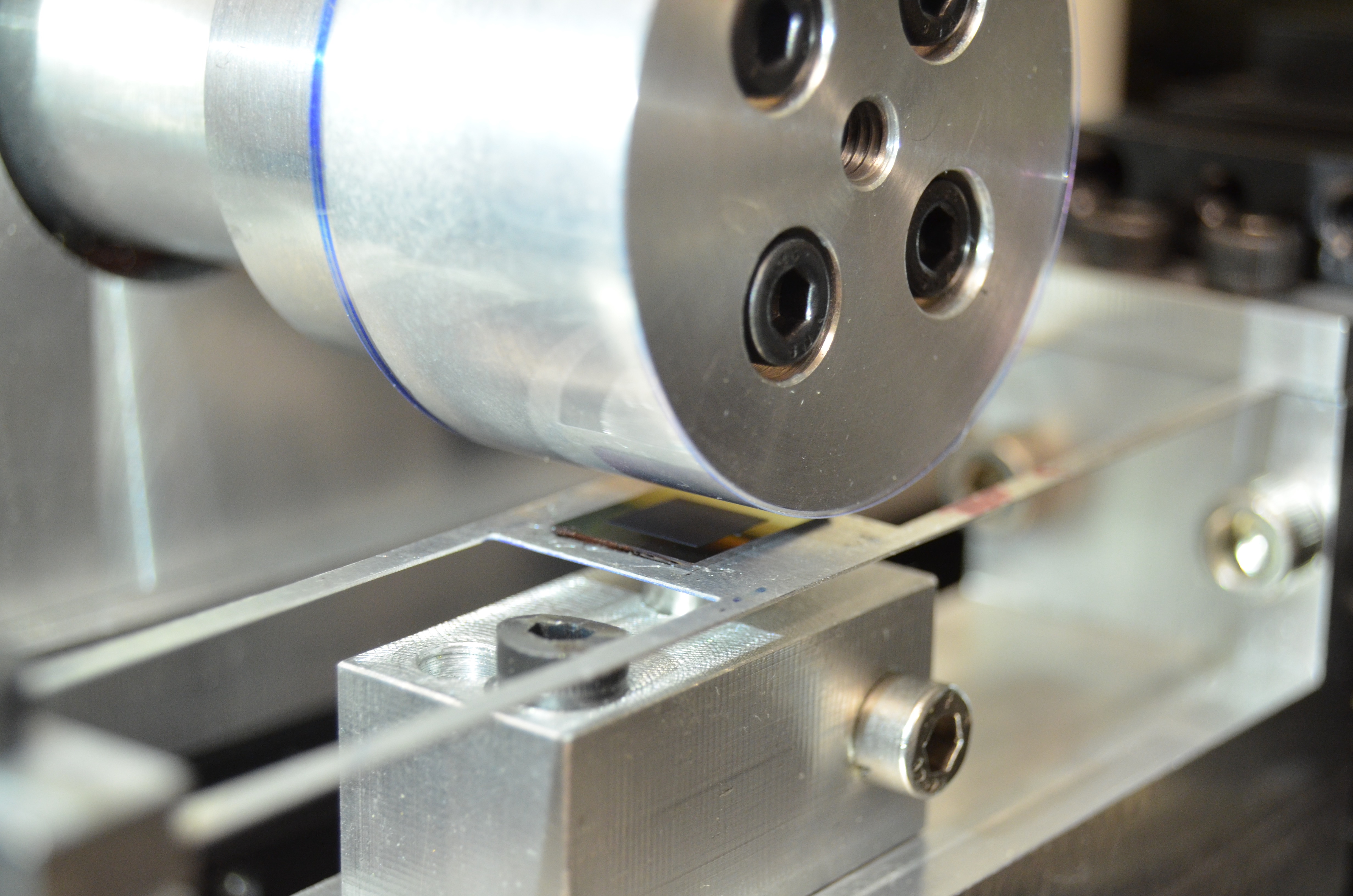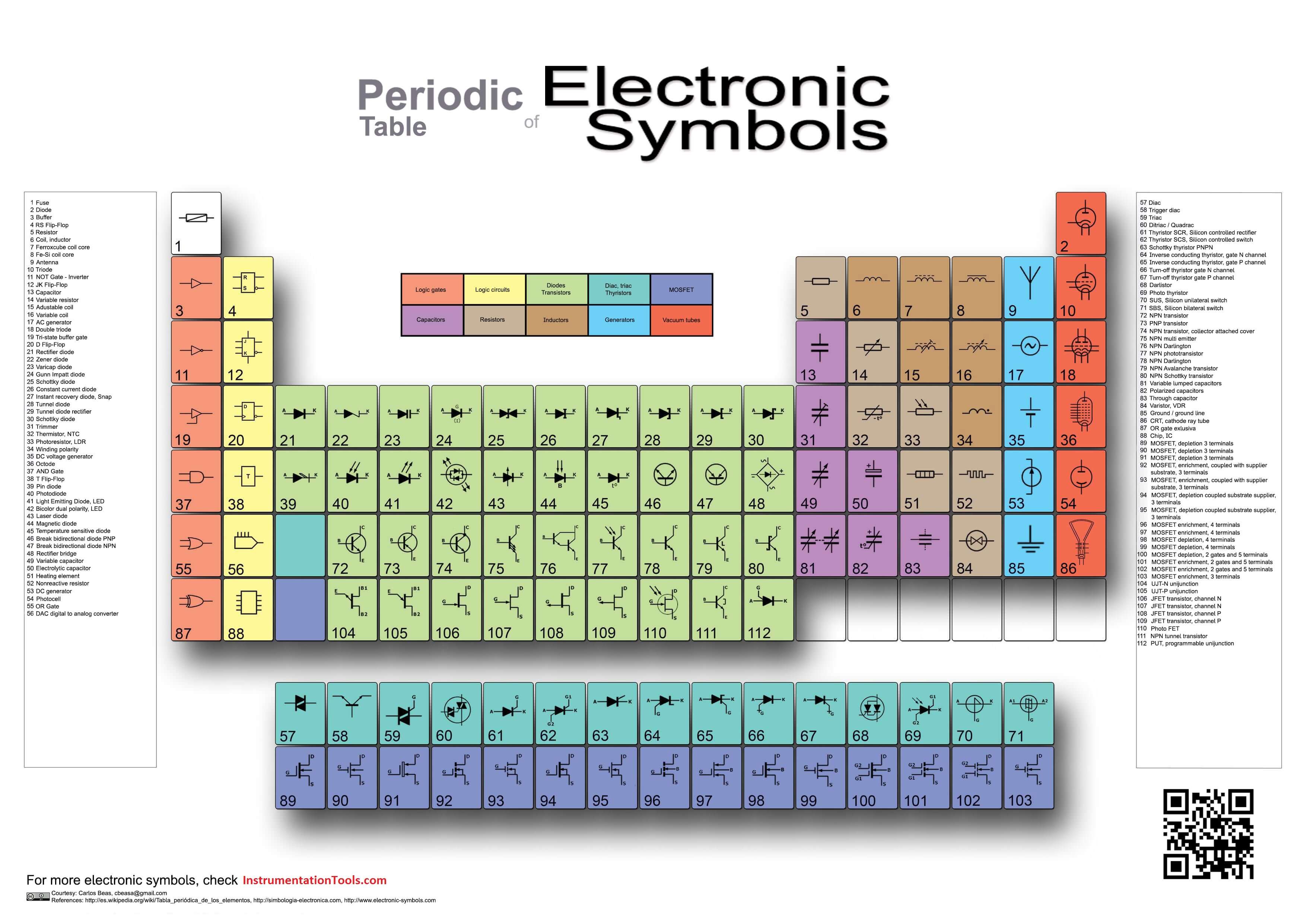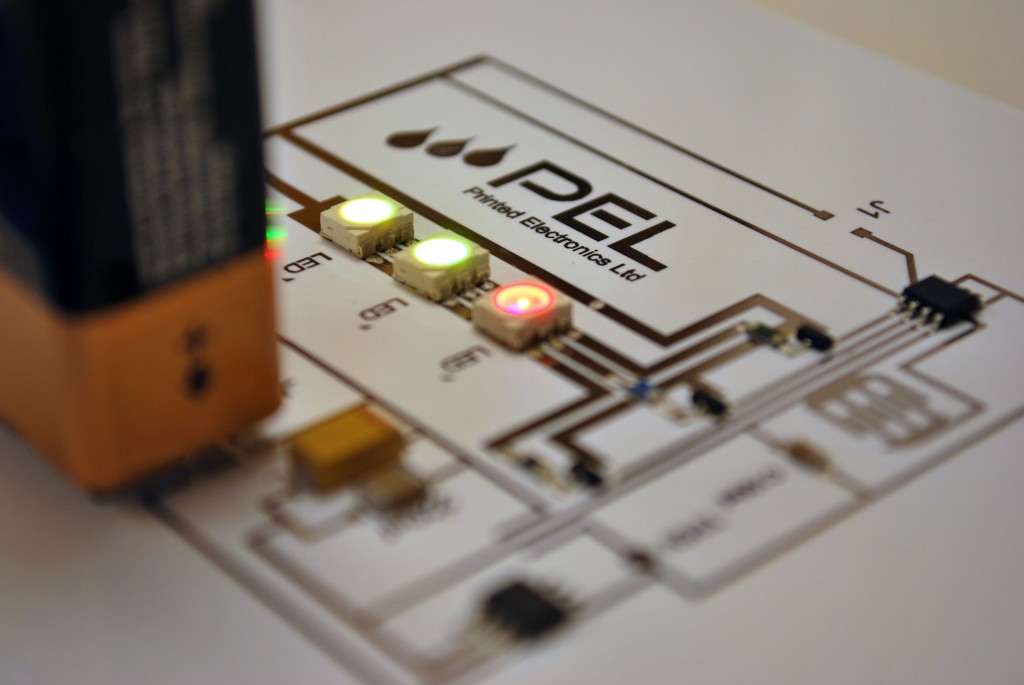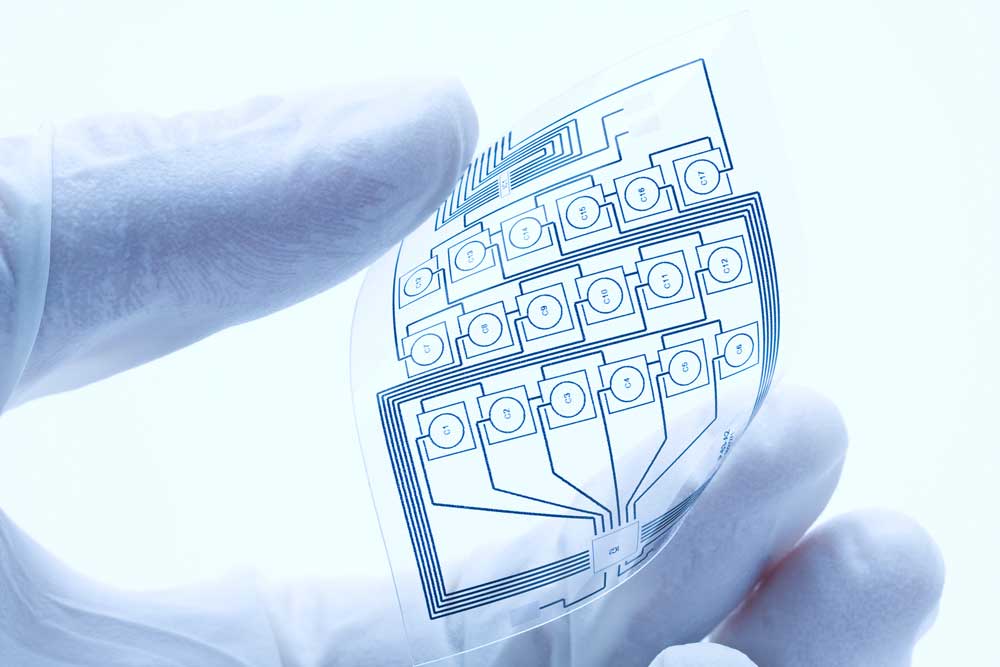Printable Electronics
Printable Electronics - Printable electronics are like magic on paper! It’s a way to make electronic devices by printing special ink onto materials like paper or plastic. 1.1 what is printable electronics technology? Printable electronics, an emerging technology that enables the rapid and flexible printing of electronic components directly onto various substrates, represents a paradigm shift in the creation of circuitry for both consumer and industrial applications. Printed electronics is a set of printing methods used to create electrical devices on various substrates. Imagine printing a working flashlight or a musical greeting card. As an additive manufacturing technique, phe can fabricate heterogeneous structures of component circuits with different numbers of layers on a substrate at one step. Printing typically uses common printing equipment suitable for defining patterns on material, such as screen printing, flexography, gravure, offset lithography, and inkjet. Originally, printed electronics related to organic or plastic electronics that use one or. Printed electronics, as the name suggests, combines two different fields into one. Conductive and semiconductive inks, as well as various other materials, are printed onto these substrates. Scientists have come a step closer to the vision of a broad application of flexible, printable electronics. The team has succeeded in developing powerful vertical organic transistors with two. In a paper published today in science advances, the researchers report that they have fabricated a stamp made from forests of carbon nanotubes that is able to print electronic inks onto rigid and flexible surfaces. Printed electronics is a set of printing methods used to create electrical devices on various substrates. Keen on electronics devices and making your own gadgets? In a paper published today in science advances, the researchers report that they have fabricated a stamp made from forests of carbon nanotubes that is able to print electronic inks onto rigid and flexible surfaces. Lately, printed electronics (pe), technology for creating electronic circuits and electronic components by use of printing technology, has been intensively researched and developed. Imagine printing a working flashlight or a musical greeting card. (1) nanomaterials as printing materials [21]; Engineers at mit have invented a fast, precise printing process that may make such electronic surfaces an inexpensive reality. Lately, printed electronics (pe), technology for creating electronic circuits and electronic components by use of printing technology, has been intensively researched and developed. Originally, printed electronics related to organic or plastic electronics that use one or. Printing typically uses common printing. Scientists have come a step closer to the vision of a broad application of flexible, printable electronics. Use raspberry pi, arduino, or gopro and create new equipment using 3d print. Keen on electronics devices and making your own gadgets? The team has succeeded in developing powerful vertical organic transistors with two. In a paper published today in science advances, the. In a paper published today in science advances, the researchers report that they have fabricated a stamp made from forests of carbon nanotubes that is able to print electronic inks onto rigid and flexible surfaces. Printable electronics, an emerging technology that enables the rapid and flexible printing of electronic components directly onto various substrates, represents a paradigm shift in the. Now, a team based at duke university has developed and tested printable electronics using a menu of inks and an inkjet printer. As an additive manufacturing technique, phe can fabricate heterogeneous structures of component circuits with different numbers of layers on a substrate at one step. It’s a way to make electronic devices by printing special ink onto materials like. Conventionally, printing is to recreate characters, paintings and pictures on papers or others with ink. In a paper published today in science advances, the researchers report that they have fabricated a stamp made from forests of carbon nanotubes that is able to print electronic inks onto rigid and flexible surfaces. Engineers at mit have invented a fast, precise printing process. As an additive manufacturing technique, phe can fabricate heterogeneous structures of component circuits with different numbers of layers on a substrate at one step. In a paper published today in science advances, the researchers report that they have fabricated a stamp made from forests of carbon nanotubes that is able to print electronic inks onto rigid and flexible surfaces. Printing. As an additive manufacturing technique, phe can fabricate heterogeneous structures of component circuits with different numbers of layers on a substrate at one step. Engineers at mit have invented a fast, precise stamping process that may make such electronic surfaces an inexpensive reality. “printed electronics” is a broad term that encompasses any electronics created by printing onto a variety of. Traditional printing that creates a product by application of ink onto a substrate and electronics, the technology that creates variety of devices, circuits or systems. Printed electronics, as the name suggests, combines two different fields into one. “printed electronics” is a broad term that encompasses any electronics created by printing onto a variety of substrates. In a paper published today. 1.1 what is printable electronics technology? It’s a way to make electronic devices by printing special ink onto materials like paper or plastic. Printed electronics is a new way to utilize an old manufacturing method. Engineers at mit have invented a fast, precise stamping process that may make such electronic surfaces an inexpensive reality. Conductive and semiconductive inks, as well. Printable electronics primarily require two technology components: Conductive and semiconductive inks, as well as various other materials, are printed onto these substrates. It’s a way to make electronic devices by printing special ink onto materials like paper or plastic. Imagine printing a working flashlight or a musical greeting card. Engineers at mit have invented a fast, precise printing process that. Instead of printing text on a paper, one can print conductive, semiconductive or dielectric inks on any suitable substrate (usually plastic) to create electrical structures. Scientists at the institute of applied physics at tu dresden have come a step closer to the vision of a broad application of flexible, printable electronics. Originally, printed electronics related to organic or plastic electronics that use one or. Instead of wires and chips, we use special ink that conducts electricity. As an additive manufacturing technique, phe can fabricate heterogeneous structures of component circuits with different numbers of layers on a substrate at one step. Traditional printing that creates a product by application of ink onto a substrate and electronics, the technology that creates variety of devices, circuits or systems. Scientists have come a step closer to the vision of a broad application of flexible, printable electronics. Keen on electronics devices and making your own gadgets? In a paper published today in science advances, the researchers report that they have fabricated a stamp made from forests of carbon nanotubes that is able to print electronic inks onto rigid and flexible surfaces. Printed electronics (pe) in its basic form was around Printed electronics is a set of printing methods used to create electrical devices on various substrates. Conductive and semiconductive inks, as well as various other materials, are printed onto these substrates. Printing typically uses common printing equipment suitable for defining patterns on material, such as screen printing, flexography, gravure, offset lithography, and inkjet. In a paper published in s cience advances, the researchers report. Engineers at mit have invented a fast, precise stamping process that may make such electronic surfaces an inexpensive reality. Printed electronics is a new way to utilize an old manufacturing method.Printable Electronics
Printable electronics MIT Energy Initiative
Printable Electronic Symbols Chart
Printed Electronics Commercial Fabrication of Electronic Circuits
Printed electronics circuit board with green Free backgrounds and
Printable electronics with 1 to micron features and a speed of 5
Printable Electronics Printable Giant Devices
What Are Printed Electronics? Nelson Miller
7 best lps electronics printables Artofit
Printable Electronics at CPI YouTube
The Team Has Succeeded In Developing Powerful Vertical Organic Transistors With Two.
Printed Electronics, As The Name Suggests, Combines Two Different Fields Into One.
Printable Electronics, An Emerging Technology That Enables The Rapid And Flexible Printing Of Electronic Components Directly Onto Various Substrates, Represents A Paradigm Shift In The Creation Of Circuitry For Both Consumer And Industrial Applications.
Printable Electronics Are Like Magic On Paper!
Related Post:









